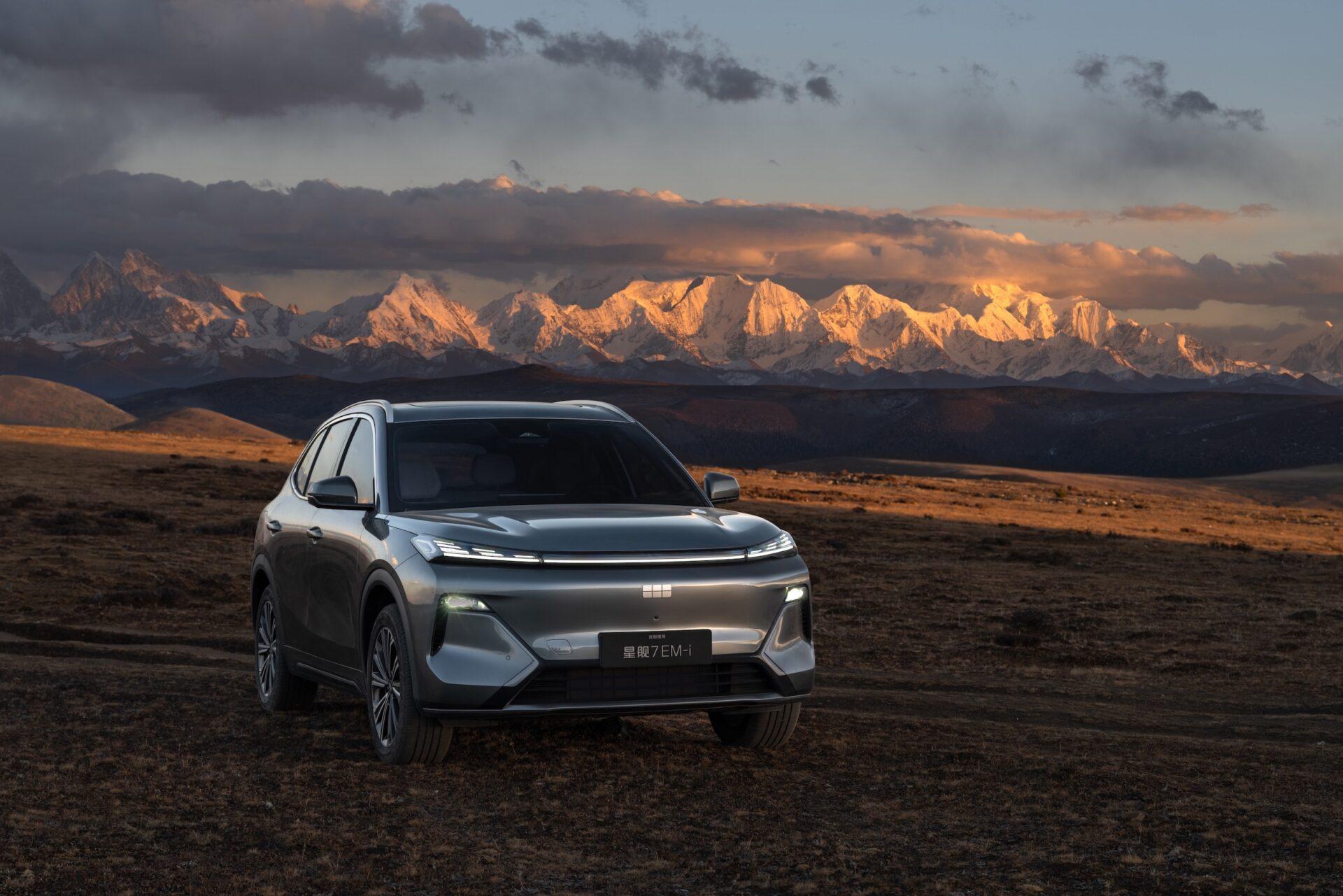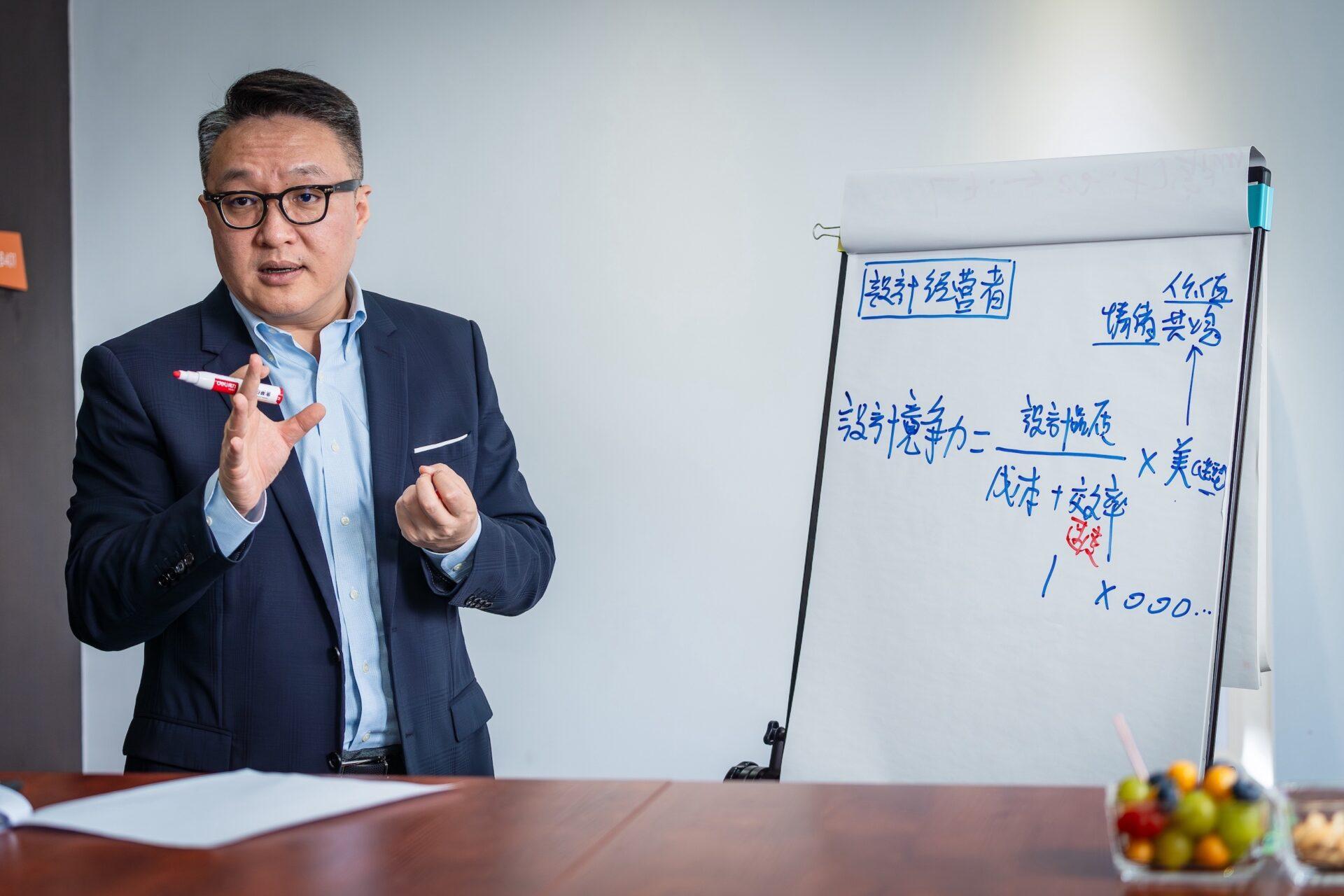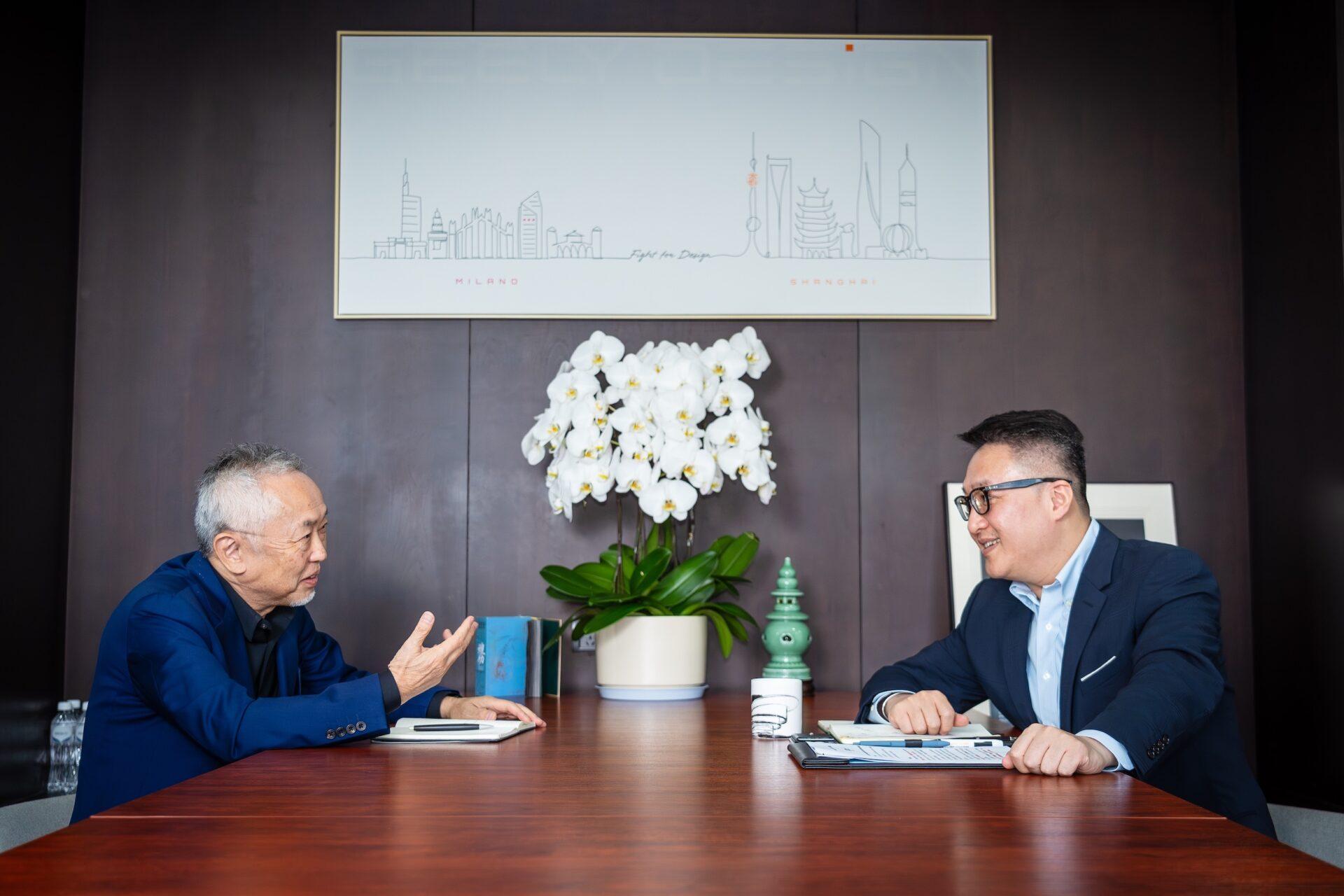
Namba( Editor in Chief ) :
How do you view the relationship between management and design?
Mr.Chen:
I see myself as a “design-oriented manager.” In other words, design and management are inseparable and should not be viewed independently. Since design and management are closely interconnected, it is essential to recognize them as complementary and ensure their integration is thoroughly implemented.
The ultimate goal of a design organization is to create competitive designs. We have a formula for what we call “design competitiveness.”
The formula is: the denominator consists of “cost + efficiency”, while the numerator represents “design quality”.
In this context, “quality” does not simply refer to standard “quality” but rather the “level” of the design.
We then multiply this by **beauty**, which represents form and aesthetics. If the fraction (design quality over cost + efficiency) equals 1, beauty acts as a multiplier, determining how far we can expand that 1.
Beauty refers to the **value** perceived by the user and the **emotional resonance** with them. By providing emotional resonance that consumers can feel, as well as functional and practical value, consumers perceive it as beautiful.
In that sense, I do not consider styling (form) to be a work of art. This is what I define as “design competitiveness.”
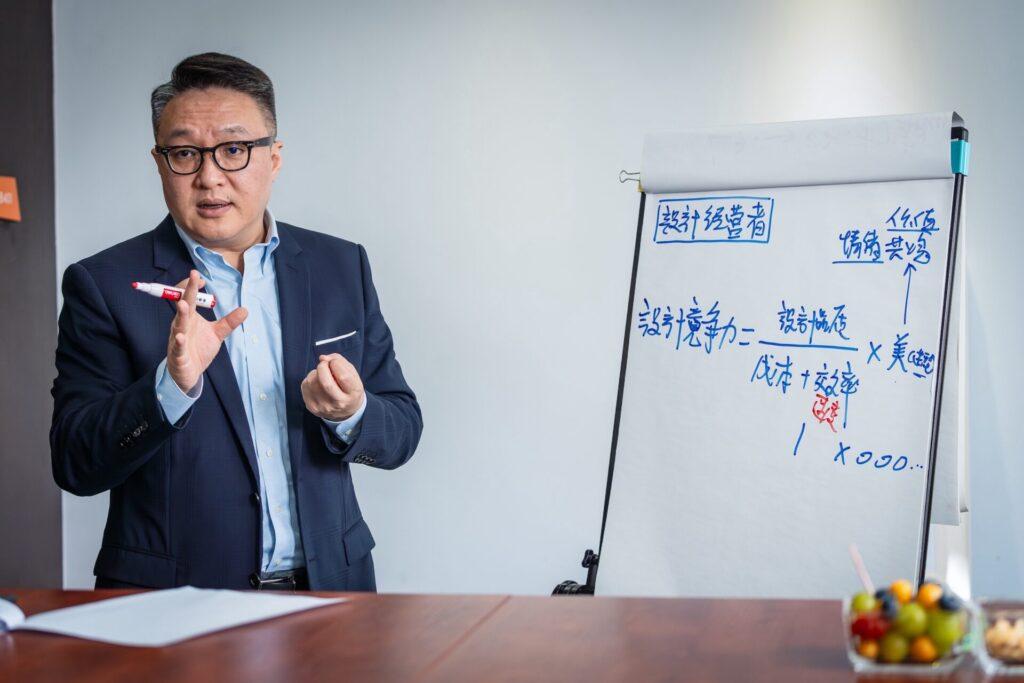
Namba:
I feel the same way, but I understand that it’s something that doesn’t always go smoothly. At Geely, has it progressed as seamlessly as you just explained?
Mr.Chen:
In reality, we haven’t fully reached that point yet; we are still on the way, striving to get there. However, I do feel that we have achieved it to a certain extent at this stage.
Let me explain using the earlier ‘formula.’
First, regarding “efficiency”, or speed, over the past two years, we have designed 11 models, including two series: Galaxy (銀河) and Chinese Star (中国星). In addition to this, we have also provided design support to other brands within the group.
Regarding “cost”, we have managed to control it effectively. While competing manufacturers have introduced low-cost products, they have not been able to surpass Geely.
Next is the “quality” aspect. Starting with “brand image”, Geely has significantly enhanced its overall brand image through the consistent launch of new vehicle models.
Another important factor is “a sense of premium quality”. Feedback from consumer surveys shows that 80% of the responses highlight this aspect. Geely vehicles have transformed into more premium offerings compared to the past.
The third element of quality is “price”.
Thanks to a strong foundation of good design, even in the challenging external environment of a “fierce price war,” Geely’s main models have been able to maintain a price range in the tens of thousands of yuan.
The average price is slightly higher than that of competitors in the same class, yet the cars are selling exceptionally well. I believe this is precisely because Geely’s designs meet the needs of its users.
Next, regarding the “aesthetic” aspect, the most intuitive way to embody “aesthetic” is through the data of “sales figures”.
In 2023, Geely’s sales volume reached 1.686 million units. As of November 2024, the sales volume has increased to 1.96 million units. Among these, the Galaxy E5 surpassed 10,000 units sold in its launch month and achieved 60,000 deliveries within 119 days of its release. These delivery figures reflect only the number of units handed over to customers. Due to high demand, there have been instances where production capacity couldn’t keep up.
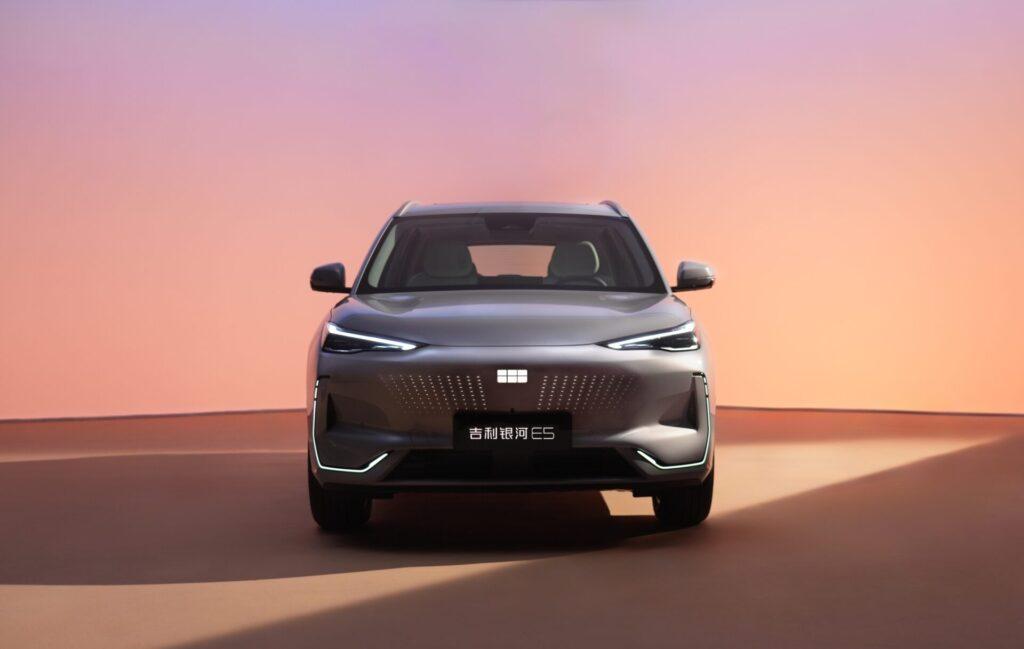
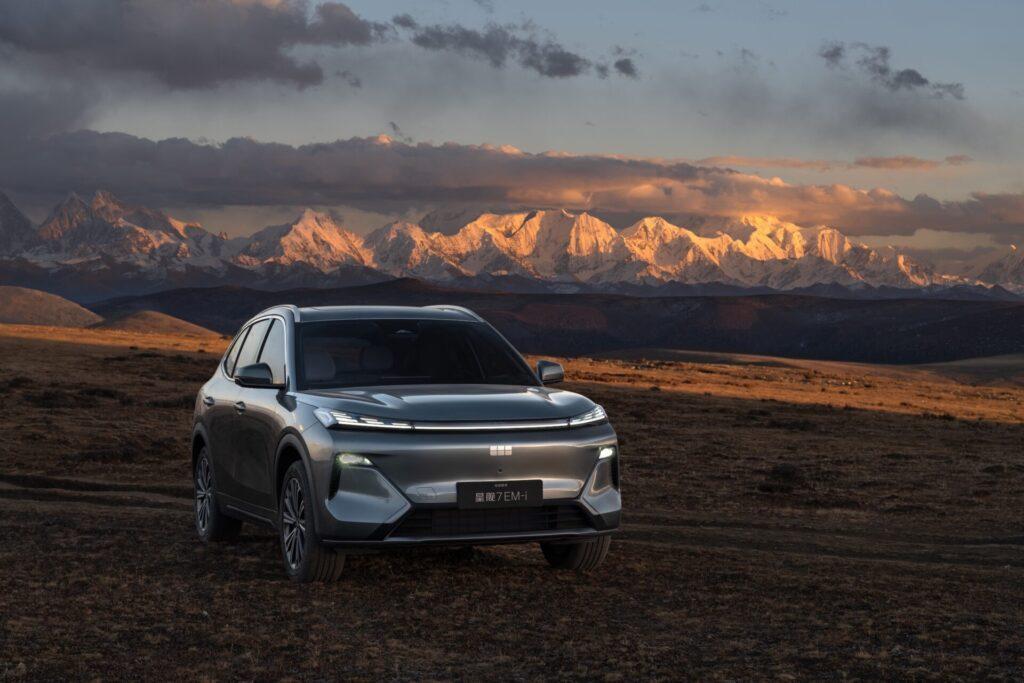
Earlier, when asked about “how much we have achieved,” I responded that we are still on the way. However, I believe we should not be satisfied with these achievements and recognize the need to aim for even higher goals.
Namba:
As the head of design, Mr. Chen, do you have effective communication with the company’s top management? In a company, there are many executives who may have various opinions about design. In my experience, such input can often become noise when trying to consolidate a design. How do you handle this at Geely?
Mr. Chen:
This question addresses a broad perspective, touching on the core and essential issue of how much value the design department can bring to the company and its products, and how much importance is placed on it.
- 道 : The Moral Law
- 天 : Heaven
- 地 : Earth
- 将 : The Commander
- 法 : Method and Discipline
I believe that these “five elements,” which I always hold as my conviction, are indispensable for a company’s success in areas such as organization, design, products, and groups.
“The Moral Law:道” signifies “上下同心(unity of purpose among all levels), “同力(aligning their hearts, efforts), and 同欲(desires). This concept, derived from Sun Tzu’s “The Art of War,” emphasizes collective effort towards a common goal.
In other words, it means thoroughly instilling the management’s thoughts and philosophies. How to effectively convey and ensure understanding of the management’s philosophies and ideas to subordinates. Whether subordinates can consistently communicate with their superiors to achieve goals. If this is accomplished, I believe that the organization, products, design, and the entire company can succeed.
“To explain “Unity of purpose:同心”, “Efforts:同力”, and “Desires:同欲”in more detail: “Unity of purpose:同心”refers to aesthetic sense and aesthetics—the question of whether everyone shares the same sense of beauty and aesthetic values.”
“Efforts:同力”refers to strategy and policy, as well as the execution and decisiveness related to them.
“Desires:同欲”refers to whether goals, objectives, and targets are aligned; in fact, this also encompasses the consistency of aesthetics and sense of beauty.
Therefore, I believe that if we can achieve “Unity of purpose:同心”, “Efforts:同力”, and “Desires:同欲”, the company is certain to succeed.
Both the CEO and the executive management are the same. The CEO may be an amateur who probably doesn’t understand design, but can become a member of the design team. General employees may only be able to engage in manufacturing or design, but by entering this system, it means they can also become part of the strategy.
I believe that the founder’s philosophy is extremely important for a company. Founders have their own ways of thinking, ideas, and original concepts that have enhanced the brand’s uniqueness and characteristics. Therefore, communication with the CEO is very important.
Only when a product has features, for the first time, recognition and differentiation in the market can be enhanced. I myself am also one designer, but always consciousness from body separating, objectivity to maintain trying to do. Not my own preferences, what kind of car design is preferred by consumers in the market, always paying attention to, must design, such thinking I have.
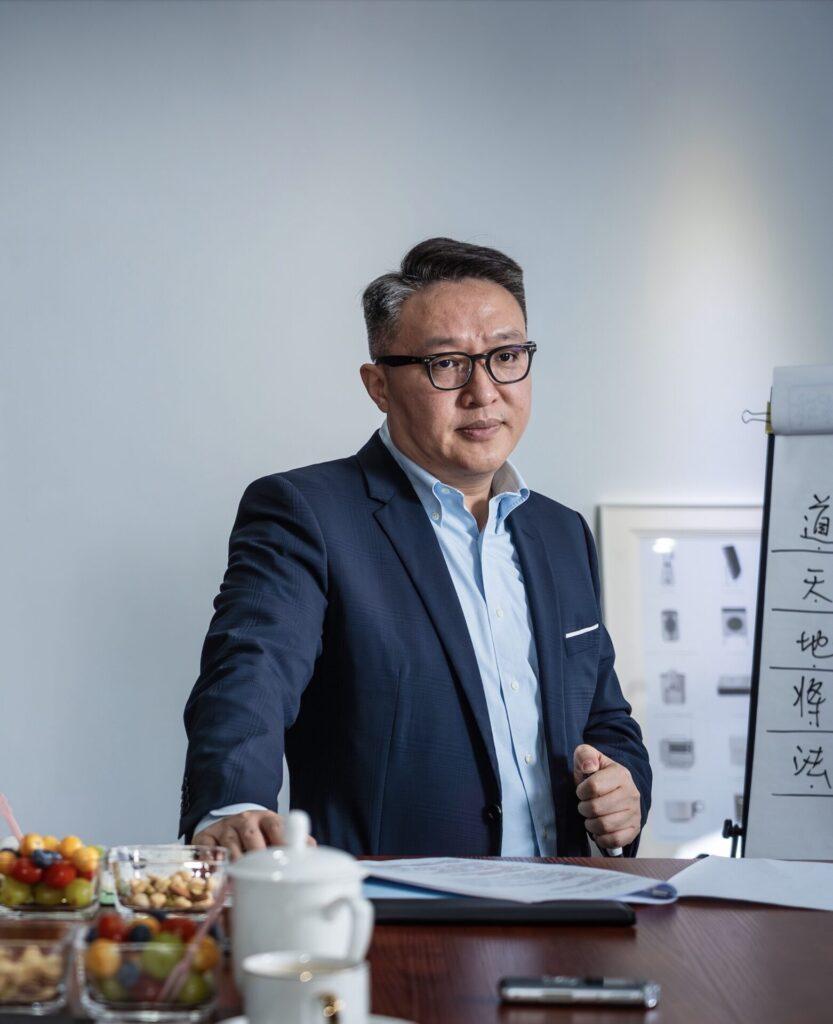
Next, I will explain “Heaven:天,” “Earth:地,” “General:将,” and “Law:法.”
“Heaven:天: refers to timing. Specifically, it involves discerning trends and situations to select actions appropriate for each moment. For example, developing a new sports car in this era might not be very meaningful. We should consider what is needed in today’s era. We were among the first to focus on the electric vehicle sector and developed a new design language. Based on this approach, we are concurrently designing hybrid and gasoline vehicles.
Next is “Earth:地,” which means the foundation, origin, or area to focus on. For example, most automobile manufacturers today allocate their focus to electric vehicles.
Next is “General:将,” which refers to the leader.
“Law:法” refers to the business model, specifically how to create high-quality, widely recognized products. In this regard, while each design leader may have their own perspectives and methods, we have developed our unique approach. Having been part of the Geely design team for two and a half years, I feel that, overall, we are demonstrating very strong competitiveness.
I will provide a supplementary explanation about “Earth:地.”
“Earth:地” also implies adapting to the changing times. In response to current shifts, this involves decisions such as opting for rounded designs, sharp designs, or more striking designs.
Finally, to reveal a part of my business model, it incorporates the concept of “decentralization” from internet companies. It does not follow the traditional matrix organization structure. There are various forms of organizational management; the structure I am referring to is this kind. Geely Design is currently operating in this manner.
In reality, there exists a very strict organizational logic. It operates based on this logic. For example, it’s akin to a massive aircraft carrier deploying small special units consisting of just five or six members.
Namba:
While your explanation of the formula for design competitiveness is entirely accurate, in practice, things often don’t proceed so smoothly. Why is Geely Automobile able to implement it successfully? I believe other automakers share similar thoughts; what are your views on this?
Mr. Chen:
It’s not exactly the same. Other manufacturers tend to focus excessively on aesthetics, becoming overly fixated. We consider beauty to be our fundamental responsibility.
Namba:
However, since aesthetics is visible, it becomes a subject on which everyone feels free to comment. Moreover, each individual’s perception and sense of aesthetics differ. How do you effectively manage policies regarding ” aesthetics “?
Mr. Chen:
At Geely Design, we have established criteria for evaluating ” aesthetics,” based on three fundamental “sources.”
1. Cultural foundation and brand essence
Each country has its own perception of aesthetics. In other words, it depends on what your culture is rooted in.For example, the concept of ” aesthetics ” as understood by Chinese people, Europeans, and Japanese people differs respectively. Due to differing underlying cultures, preferences toward beauty also vary, necessitating a foundation in these cultural bases.
2. Rooted in the user
Therefore, it is important to base our approach on the aesthetics recognized by the cultural foundation to which the user belongs, as well as on the user’s actual needs. (Whether the design aligns with the market and meets demand.)
3. Rooted in the company’s own technological development
It is necessary to base the design on technological capabilities.

By grounding the design in these three elements, it is possible to create a ” aesthetics ” recognized by both internal and external stakeholders, that is, both owners and consumers.
Additionally, there is a five-layer structure for practical implementation.
- Package: This refers to the vehicle’s layout and arrangement, serving as the initial step.
- Proportion: Selecting the car’s proportions and stance.
- Volume: The composition of the vehicle’s mass, which forms the foundation of the design language.
- Surface: The language of form. For example, choosing whether to use many curves for a smooth appearance, to create a taut and full shape, or to opt for a flat form.
- Graphics: Finally, the design of details and fine elements.
As each company has different choices and combinations, their approaches to ” aesthetics ” based on culture, technology, and consumers also vary. This results in the creation of diverse designs.
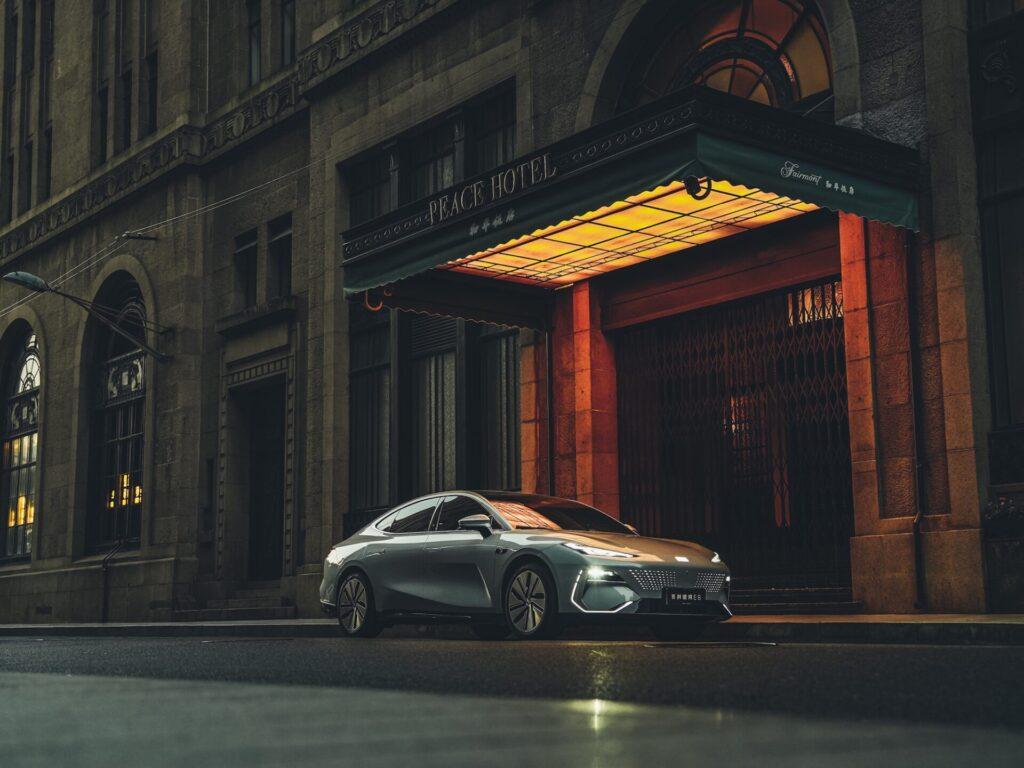
Namba:
The Chinese EV market is bustling with numerous manufacturers entering the scene. However, there’s an external perception that many products appear similar. What are your thoughts on this situation, and how do you think it should be addressed moving forward?
Mr. Chen:
Indeed, I used to be concerned about this issue. At first glance, many designs do appear similar. However, I have come to understand the nuances over time. I realized this during my visit to the Museo Nazionale dell’Automobile in Turin. Looking back at automotive history, a century ago, Turin—a small city at the time—was home to over 200 brands, yet their appearances were nearly identical. While their general shapes and styles may appear similar, upon closer inspection, distinctions become evident. Differences in detailed design, technical features, and the value they offer allow for differentiation.
From this observation, I drew inspiration: even within similar directions, it’s crucial to establish a unique style for our brand.
The key is to maintain that “uniqueness.” By doing so, even if the product shares a similar style, it will stand out from others, appear of higher quality, and retain its appeal over time.
In this regard, I believe it’s a test of a designer’s skills. Even if a design appears similar at first glance, a closer look should reveal numerous differences. The key is how effectively one can express those differences.
Given that Italy experienced a similar history 100 years ago, I have come to realize that worrying about it is not very meaningful.
Namba :
By “style,” do you mean the concept rather than the “form”?
Mr. Chen:
Exactly. Style encompasses more than just appearance; it includes the experience as well—UX, or user experience.
Style refers to the character imbued in the car. The five elements I mentioned earlier—package, proportion, volume, surface, and graphics—represent variations in combinations to me. Even with a similar style, for example, my layout differs from others, and there are subtle differences in proportion as well. The assembly and contours of the form differ, as do the fullness and choices of the surfaces, ultimately leading to variations in line expressions. By combining these elements, a unique character, referred to as “Qi Yun Sheng Dong, 気韻生動” akin to human vitality, emerges. ※”Qi Yun Sheng Dong,気韻生動” refers to the presence of lively elegance and noble demeanor in an artwork. “Qi Yun, 気韻” denotes the inherent grace and style within the piece, while “Sheng Dong, 生動” signifies the vividness and sense of movement perceived.
I refer to this as the “Era of Micro-Innovation.” For example, since the advent of the iPhone, smartphones have entered an era of “micro-innovation.” Similarly, with the emergence of Tesla, EVs have also transitioned into a new era of “micro-innovation.” Essentially, these types have already been defined, and we are now entering a stage of differentiation within them. The differences are primarily reflected in the user experience. Each company competes in terms of experience and added value, with the key to differentiation being the value they provide to consumers.
Design evaluation criteria are evolving. It’s no longer solely about whether forms differ or are aesthetically pleasing; ultimately, the most crucial aspect is the value provided to consumers. This is what sets one apart from others.
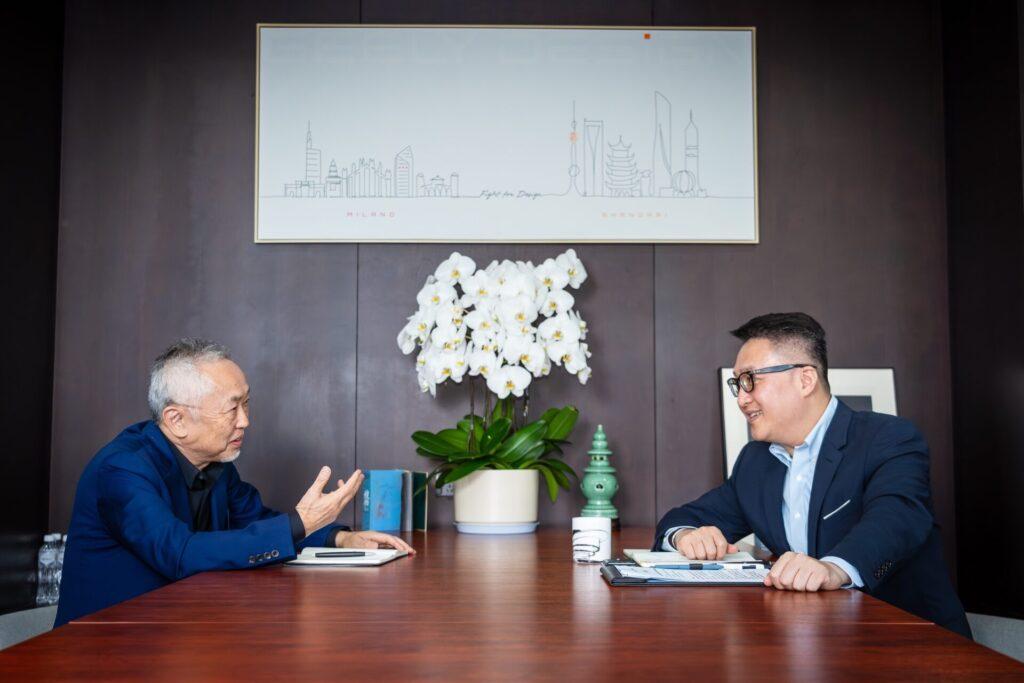
Video URL : https://youtu.be/BPJGQhfNfFA
This video links to an interview conducted on November 12, 2024, at the GEELY Innovation Design Institute in Shanghai. The interview features Mr. Chen Zheng, Vice President of Geely Auto Group and Head of Geely Global Design, along with Mr. Osamu Namba, Editor-in-Chief of CarStyling.
The discussion delves into the future of GEELY’s global design, the role of design in branding, and a thoughtful analysis of the evolution of China’s automotive industry. With a keen eye on the future, Mr. Chen shares his passionate thoughts and in-depth insights on how solutions can be derived from China’s unique cultural heritage.

![by Car Styling [カースタイリング]](https://motor-fan.jp/wp-content/uploads/2025/04/carstyling-jp_logo.png)



